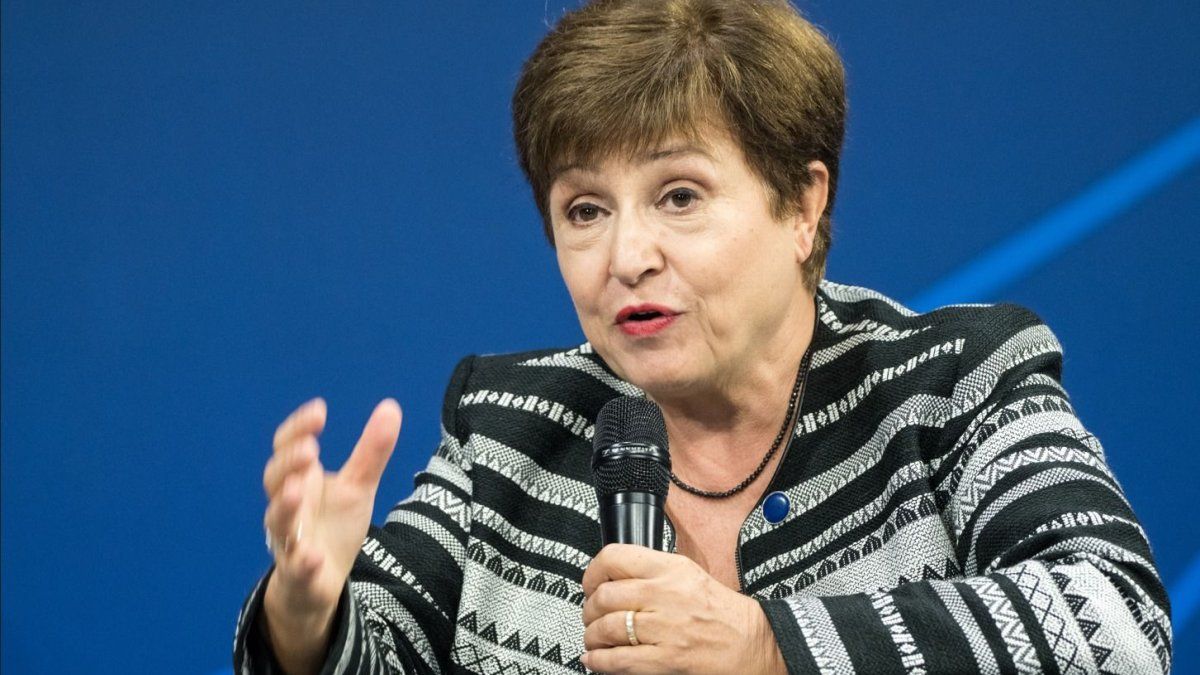The FED is already working on this and last week published a 35-page paper discussing the possibility, opening a public consultation until May 20 to receive comments.
However, the entity pointed out that said publication is only a “first step”, and does not plan to move forward without support from the White House and Congress.
In the absence of a digital dollar, Bank of America sees the flourishing, over the next few years, of digital currencies issued by private companies, which are generally pegged to the value of the physical dollar.
“We anticipate an increase in the coming years in the adoption of stablecoins and their use for payments as financial institutions explore new solutions and payment companies incorporate blockchain technologies into their platforms,” the document concludes.
In recent years, various central banks have been working on the possibility of issuing this type of asset in digital format (known as CBDC, an acronym for Central Bank Digital Currency) that differ from regular currencies due to the possibility of not having a correlate. physical, i.e. a coin or a ticket.
However, just like traditional currencies, since they are issued by a Central Bank, they have the same guarantees as paper money (unlike, for example, cryptocurrencies that are free-floating) and are designed for daily transactions. .
In addition to eliminating the costs associated with printing and transportation, they would modernize the infrastructure and increase the speed of payments, and expand financial inclusion towards the unbanked, as indicated by the FED itself in its document, while highlighting that would enable the dollar to continue with a “prominent” position in the international financial system.
However, he also warned of certain risks: among them, the greater possibilities of runs in financial firms, a reduction in the amount of deposits in the banking system, as well as various concerns about privacy, since they would allow the Government to view all of the citizen transactions.
Although the FED has not taken a firm position on the matter so far, the publication of the study is the most significant action taken so far regarding the possibility of having a digital asset.
There is another reason that could accelerate the plans of the United States and that is that China is already making various advances towards the launch of its digital yuan.
After various tests in the country since 2020, in the next Winter Olympics, both athletes and spectators from abroad will be able to download an application or buy a physical card that stores the digital yuan, and will be able to make payments in a similar way to a mobile wallet.
Although the Chinese Central Bank did not define the date of its definitive launch, 140 million people already have test accounts of the digital yuan.
Meanwhile, the European Central Bank (ECB) launched a 24-month investigation last July to explore the possibility of a digital euro.
Source From: Ambito
David William is a talented author who has made a name for himself in the world of writing. He is a professional author who writes on a wide range of topics, from general interest to opinion news. David is currently working as a writer at 24 hours worlds where he brings his unique perspective and in-depth research to his articles, making them both informative and engaging.




